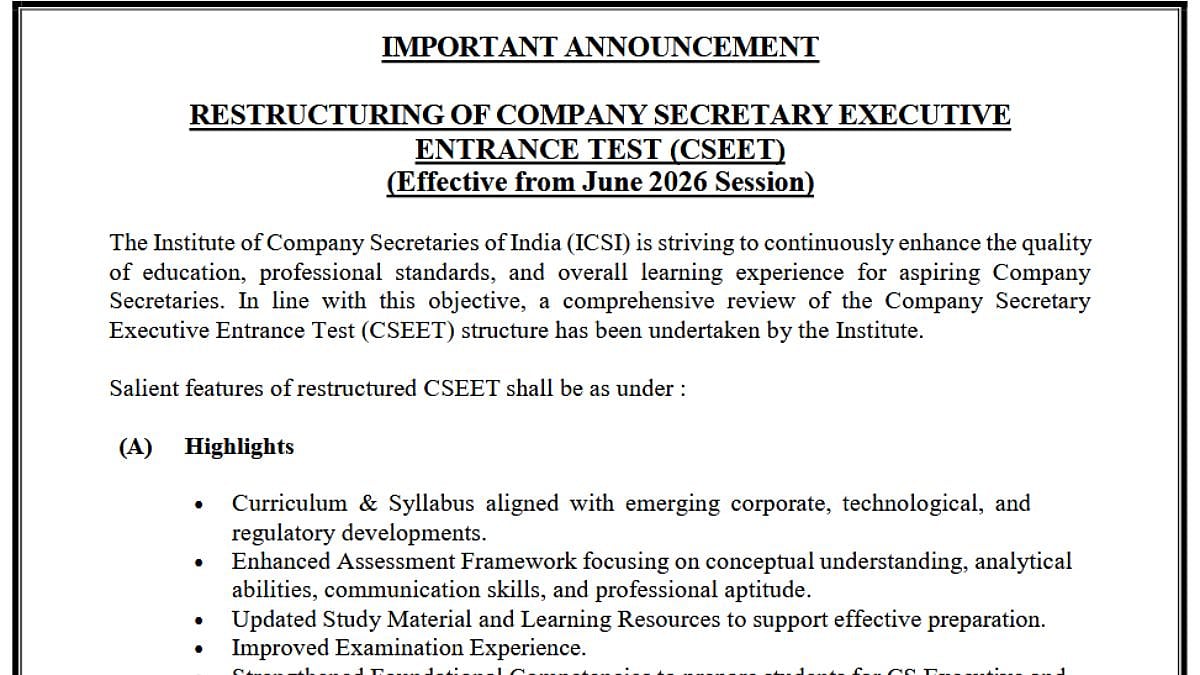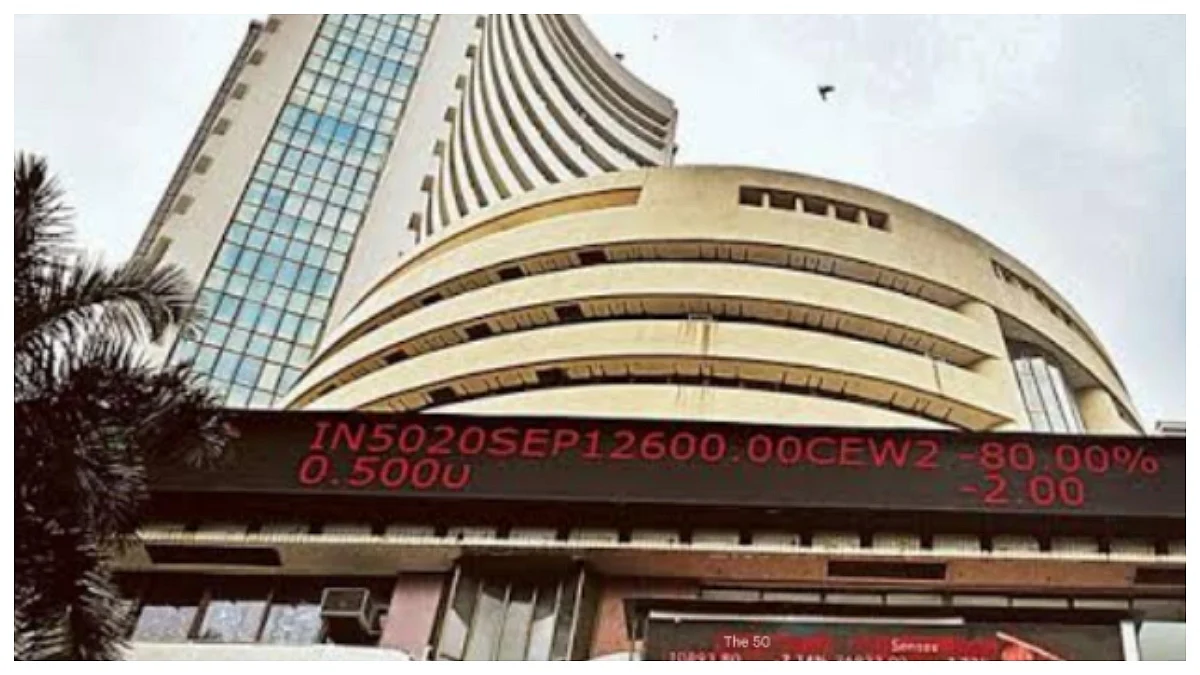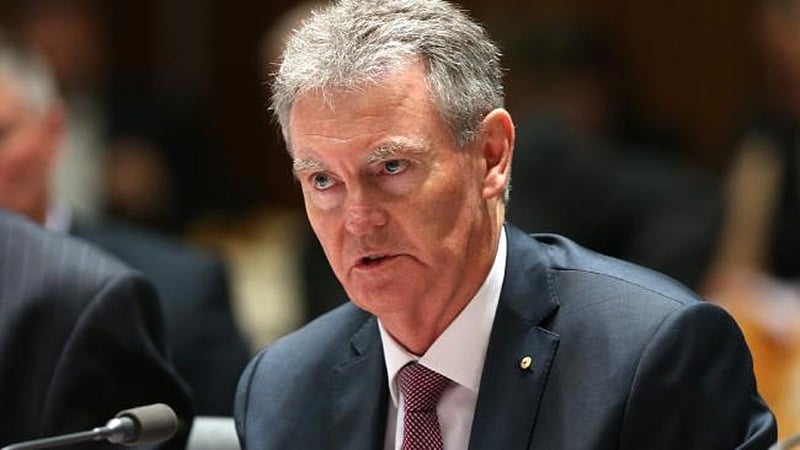On August 5, Australian Prime Minister Anthony Albanese announced that the country’s terrorism threat level has been elevated from “possible” to “probable.” This marks a reversal from a decision made nearly two years ago, which had lowered the threat level. The prime minister stressed that this change does not indicate an imminent threat but reflects an overall increase in radicalization across various ideological spectrums.
Reasons Leading To Increase In Threat Levels
Intelligence sources revealed that the decision to raise the threat level was influenced by a broader trend of polarization within Australia and other Western countries. These sources noted that societal tensions, exacerbated by grievances from the COVID-19 pandemic and ongoing conflicts like the Israel-Hamas war, have intensified. This environment has led to increased extremism and radicalization, with diverse and extreme ideologies gaining traction.
Impact On Public Discourse
Prime Minister Albanese appealed to political leaders to engage in respectful debate and to moderate their language to avoid inflaming tensions. He emphasized the importance of lowering the temperature of public discourse during heightened security concerns. Albanese's call for responsible dialogue was met with criticism from some quarters. Greens Senator David Shoebridge criticized the prime minister for allegedly using the threat level increase to further political grievances and conflating legitimate concerns with extremist viewpoints.
Understanding the "Probable" Threat LevelAustralia’s terrorism threat levels are rated on a five-level scale, with “not expected” as the lowest and “certain” as the highest. The “probable” rating, which is now in effect, suggests a greater than 50% chance of an onshore attack or attack planning within the next twelve months. This level indicates an anticipated increase in politically motivated violence, potentially spanning all ideological ranges.
Role of ASIO
The Australian Security Intelligence Organisation (ASIO) has reported that the rise in extremism is being fueled by conspiracy theories and anti-authority sentiments. ASIO chief Mike Burgess highlighted that the radicalization of young people online is a significant concern. He reassured the public that while the threat has increased, it does not mean an imminent attack is expected. Burgess noted that radicalization, including ideologies justifying violence for political change, is a key concern.
Societal and Security Concerns
Burgess emphasized that the current threat level reflects the growing intensity of individual grievances and societal division. The advisory warns that any potential attacks are likely to be low-cost, using readily available weapons, and executed by lone actors or small groups. This form of terrorism is difficult to detect in advance, often targeting crowded public spaces.
Broader Implications
ASIO’s assessment acknowledges that the rising threat level is not solely attributable to the Israel-Gaza conflict, but the situation has undoubtedly contributed to increased societal strain. Burgess also noted the impact of heightened rhetoric and potential for escalating violence if conflicts, such as between Israel and Hezbollah, worsen.
.jpg?width=1200)









